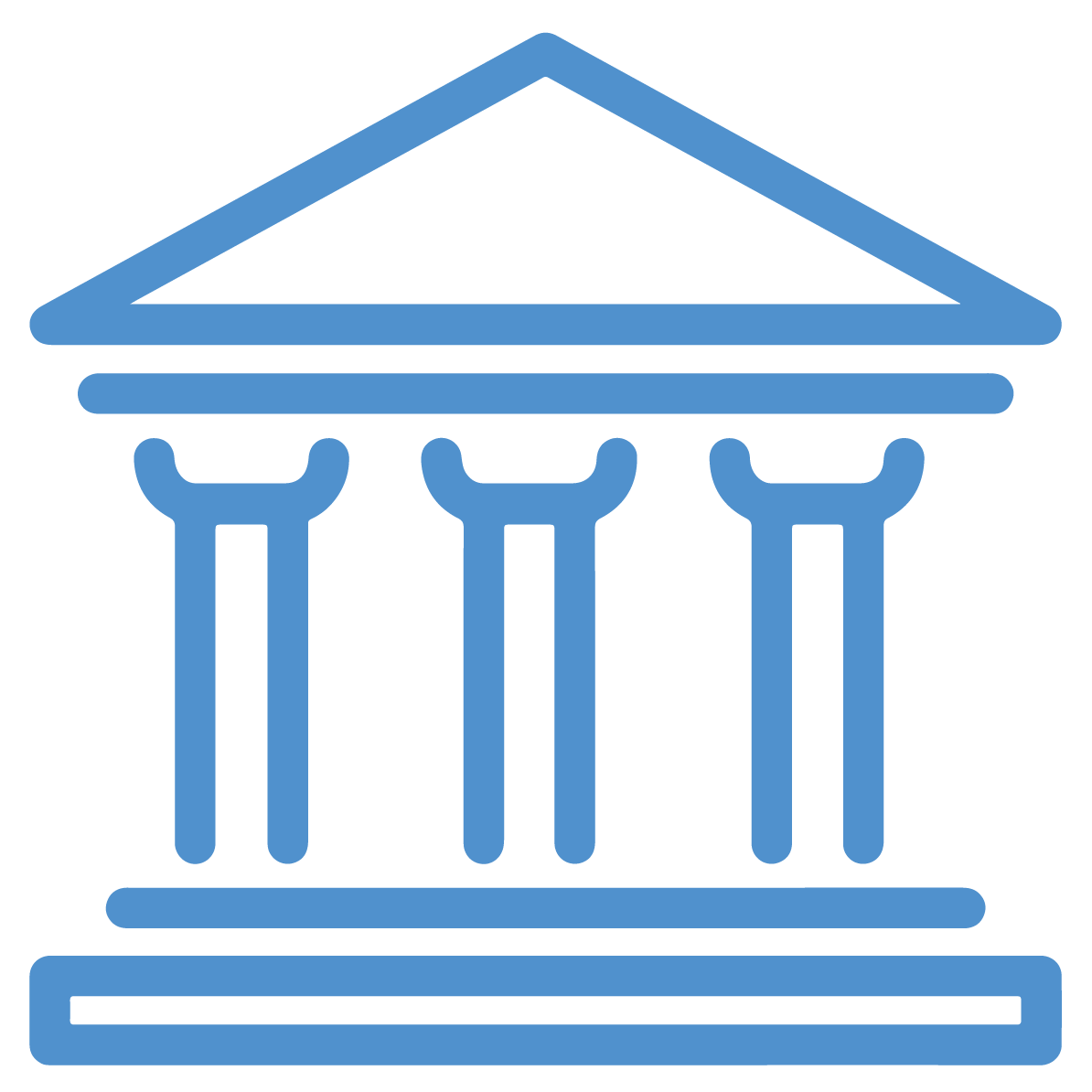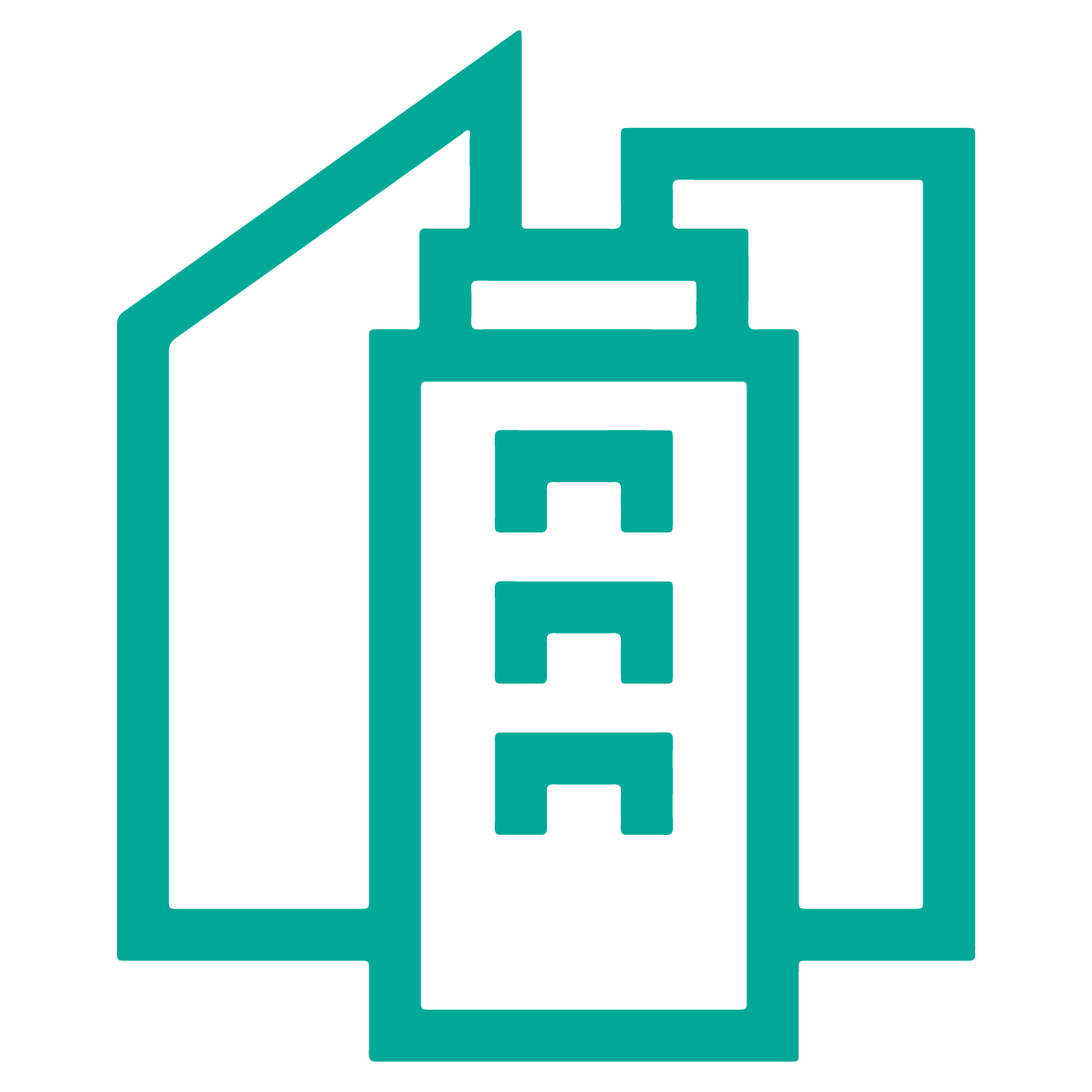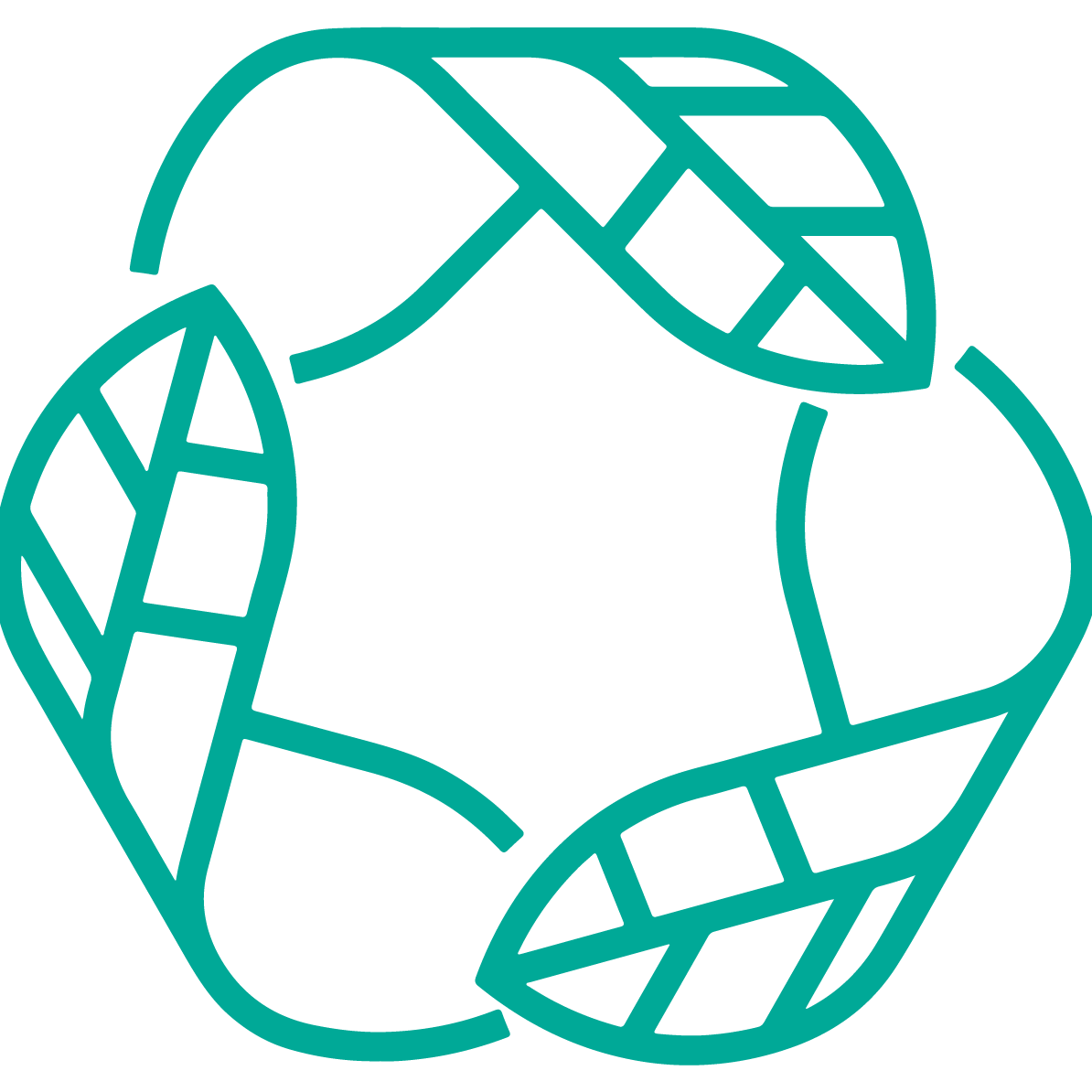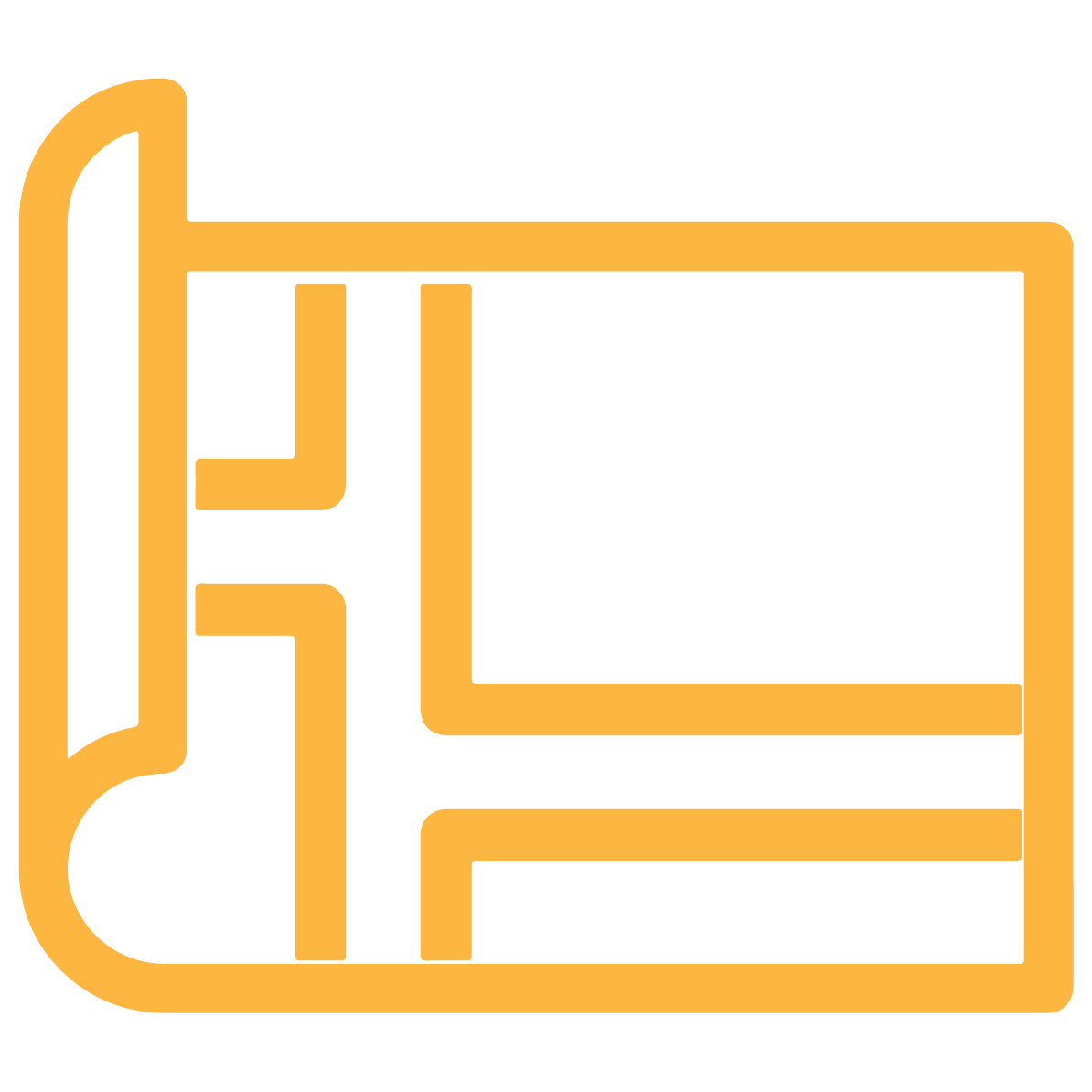UNDRR - UN Office for Disaster Risk Reduction

UNDRR brings together governments & communities to reduce disaster risk and loss for a safer sustainable future.
About
UNDRR supports the New Urban Agenda specifically in the realm of planning and local implementation that is based on a stronger understanding of disaster and climate risk. In the language of the New Urban Agenda – disaster risk-informed local development is a pre-requisite for ‘good urbanization’.
As part of its Strategic Framework 2022-2025, UNDRR identified four accelerators to prevent and reduce disaster risk, all of which contribute to the New Urban Agenda. They are the need to:
- Generate robust evidence, innovation, and good practices on risk to inform decision making processes
- Accelerate financing for Disaster Risk Reduction and de-risking investment
- Scale up communication and public advocacy to build political traction and commitment to Disaster Risk Reduction
- Integrate Disaster Risk Reduction and climate change adaptation
The New Urban Agenda has helped to increase coherence across the different policy components of the 2030 Agenda for Sustainable Development, emphasising the complementary nature of climate change adaptation and disaster risk reduction. UNDRR maintained a strong track record of working with local governments and providing a pathway for their grounded experience to influence global policy and practice on disaster risk reduction. Local leaders attended and influenced regional and global platforms during the reporting period. For instance, the Global Platform for Disaster Risk Reduction 2019 - themed ‘Resilience Dividend: Toward Sustainable and Inclusive Societies’ - called for accelerated action on global policy commitments, including the New Urban Agenda.
The Sendai Framework for Disaster Risk Reduction, adopted by UN Member States in 2015, outlines a set of priorities and actions to reduce disaster risks and build resilience to disasters. The framework recognizes the critical role that cities play in disaster risk reduction and highlights the need for urban resilience to be a priority in disaster risk reduction strategies. One of the indicators for the success of the Sendai Framework is the number of local governments that implement local disaster risk reduction strategies in line with national strategies.
Cities are particularly vulnerable to disasters due to their high population densities, complex infrastructure systems, and exposure to various hazards such as floods, earthquakes, and extreme weather events. The Sendai Framework emphasizes the importance of integrating disaster risk reduction into urban planning and development to reduce vulnerabilities and increase resilience. This includes measures such as ensuring safe and resilient infrastructure, strengthening early warning systems, improving land use planning and building codes, and promoting community participation in disaster risk reduction efforts.
UNDRR recognised the importance of managing urban areas as one of the great challenges of the 21st century when it launched the Making Cities Resilient Campaign in 2009 with a focus on building urban resilience and strengthening local governance. Success in building sustainable cities will greatly help reduce disaster losses in the future. Making Cities Resilient 2030 aims to develop disaster risk reduction at the local level to strengthen links between the national and sub-national governance structures. This is key to the achievement of the New Urban Agenda and the overall 2030 Sustainable Development Agenda with relevance also for SDG 11 on sustainable cities and communities.
UNDRR’s perspective on sustainable urban development is framed via what are called ‘10 Essentials’ for making cities resilient. These were revised in 2016 to reflect the Sendai Framework for Disaster Risk Reduction and are grouped into 3 categories that cover governance and financial capacity; the various dimensions of planning and disaster preparation; and effective disaster preparedness, response, and recovery.
The first milestone of the Sendai Framework is Target E. It called for the establishment of national and local DRR strategies by 2020. This milestone reflects the importance of stronger and more coordinated risk governance at all levels, both national and sub-national.
UNDRR developed a Disaster Resilience Scorecard for Cities (launched in May 2017). It has been taken up by various municipalities around the world. In 2020, responding to the COVID-19 pandemic, UNDRR relaunched the Public Health System Resilience Addendum of the Disaster Resilience Scorecard for Cities. This supports cities to strengthen the integration of public health issues - including the pandemic risk - in disaster risk management. The Public Health System Resilience Addendum is available in 13 languages. It supports cities to take a systematic view and multi-hazard approach to urban development. In 2021, a new course - ‘Build back better: Harnessing South-South cooperation and risk reduction planning for resilient and healthy cities in the post COVID-19 era’ was launched. It was a collaboration between UNDRR, the UN Office for South South Cooperation (UNOSSC), and the World Health Organization (WHO).
UNDRR, in collaboration with UN-HABITAT and UCLG, developed learning modules to support localization of the Sendai Framework. The first module was launched in 2020. It focuses on resilience fundamentals, the connection between the Sendai Framework and other global frameworks including SDGs, New Urban Agenda and Paris Agreement. The second module on strategies and actions was launched in 2021.
UNDRR supported the establishment of the Coalition for Disaster Resilient Infrastructure (CDRI) which has a strong focus at the sub-national level. Service disruption costs the public and private sector billions per year, many of which are linked to disasters triggered by natural and manmade hazards. To address growing loss of infrastructure and service disruption, UNDRR supported a system-based approach to address infrastructure resilience and to promote building back better.



